Before you start shopping for a home security system, it's important to assess your specific needs. Consider factors such as your home's size, layout, and location. Do you have any valuable assets that need extra protection? Are you looking for a system that includes professional monitoring or one that you can manage yourself? Answering these questions will help you narrow down your options and find the one that meets your requirements.
Once you have a clear idea of what you need, it's time to start researching different options. From DIY systems to professionally installed ones, there are plenty of choices available. This guide will provide you with an overview of the most popular types of home security systems, their features, and their pros and cons. With this information, you'll be able to choose the best home security option for your family's peace of mind.
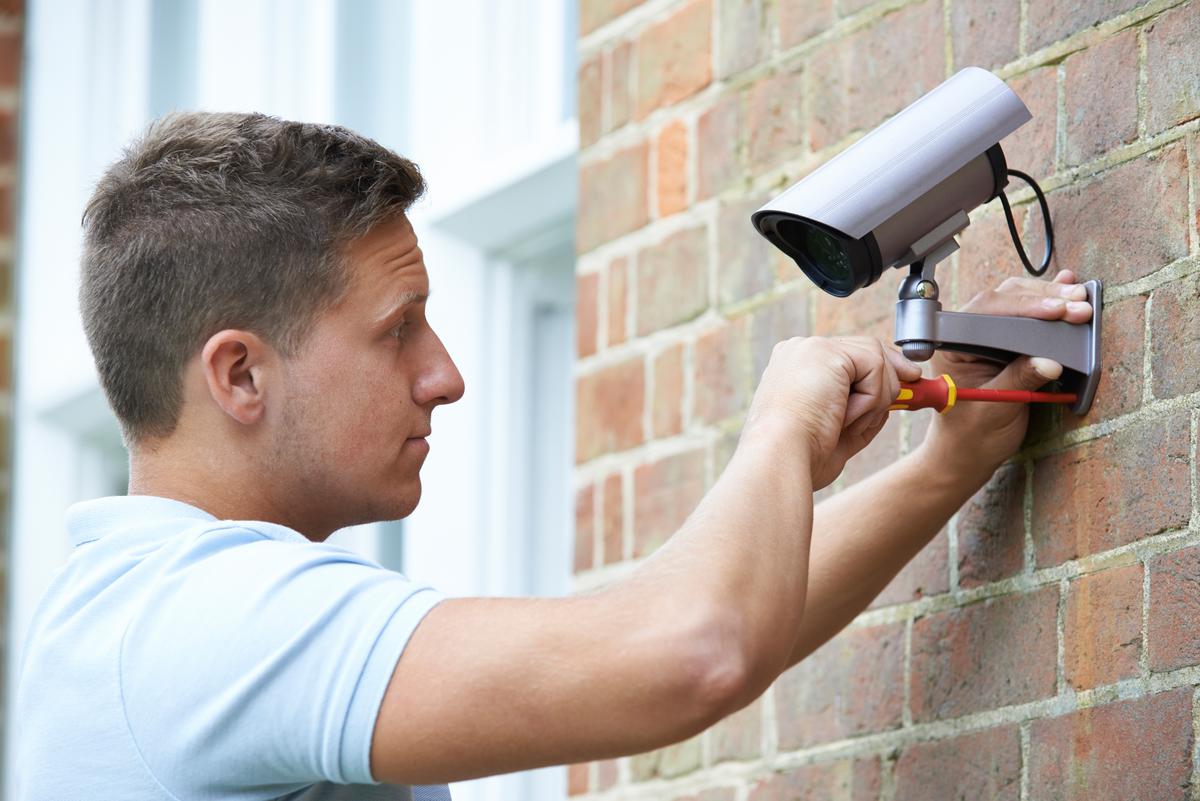
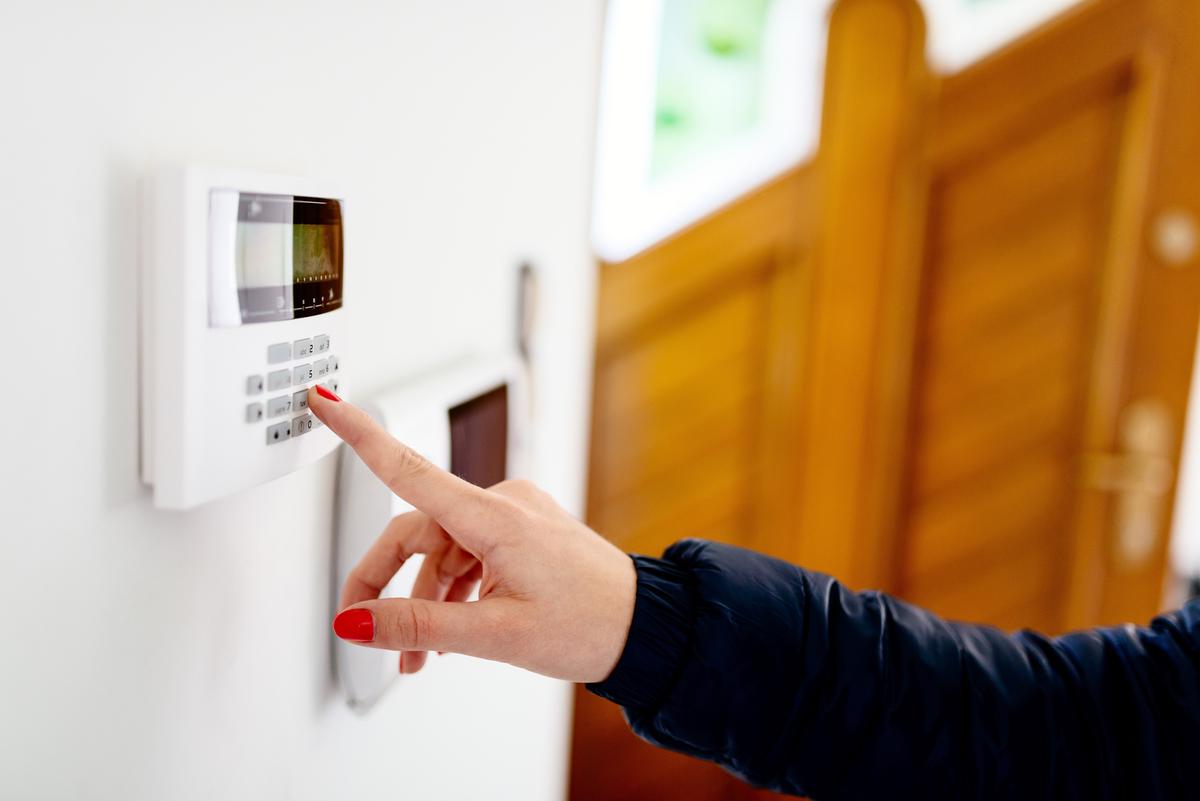
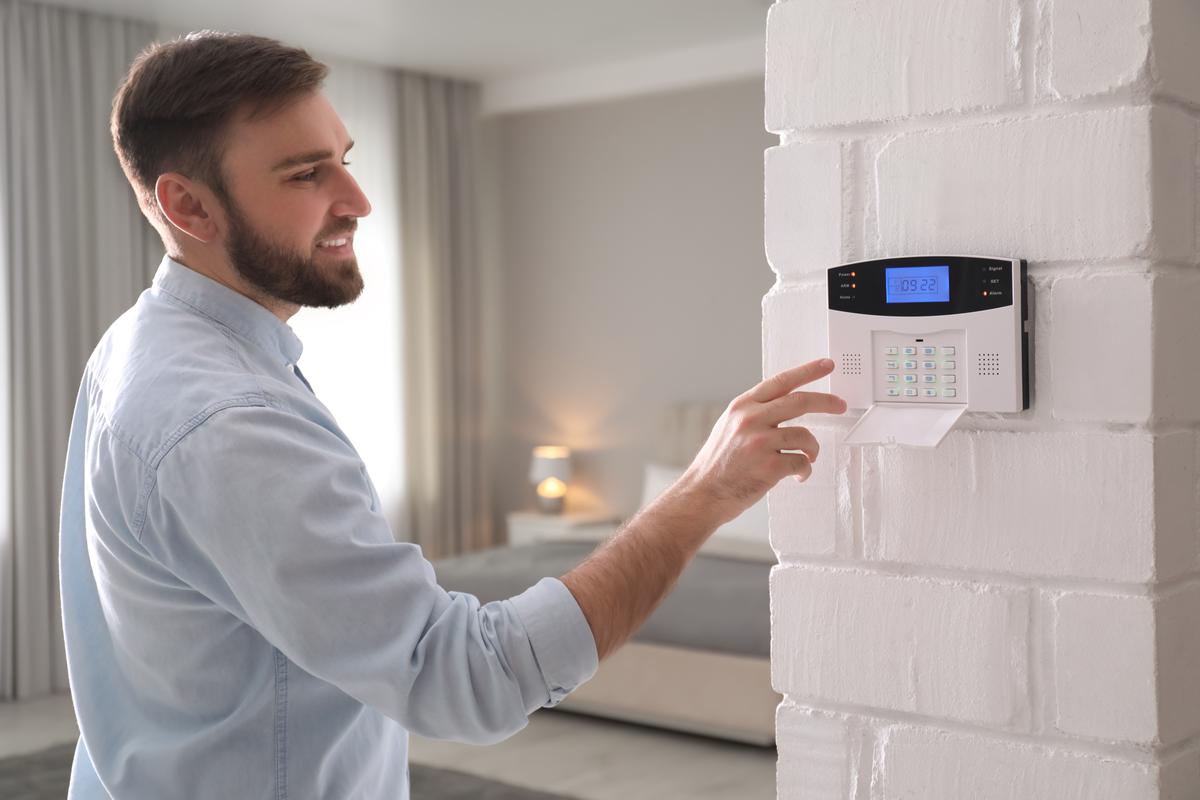
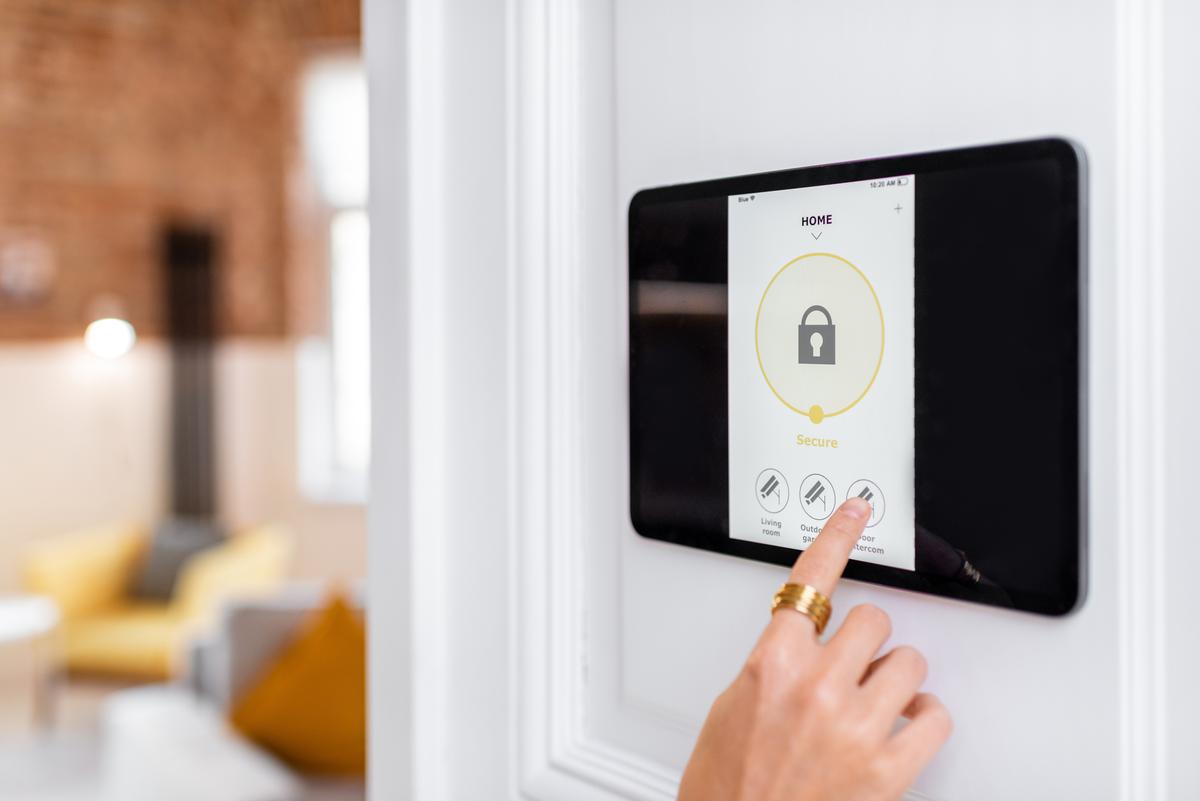

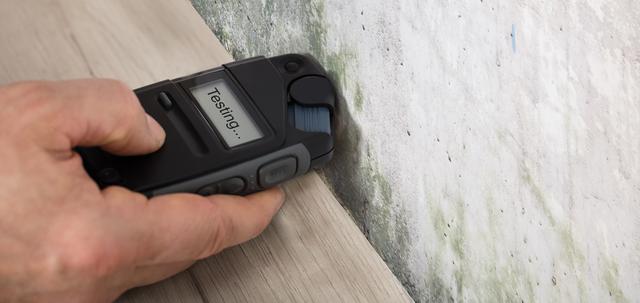
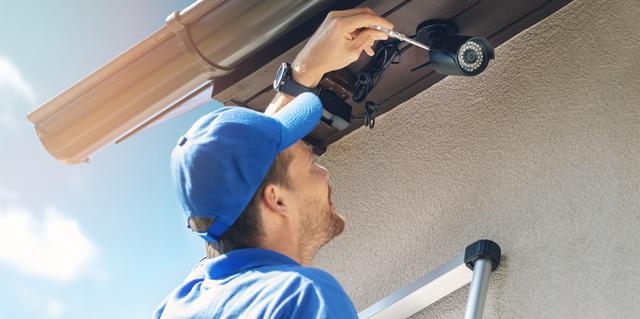
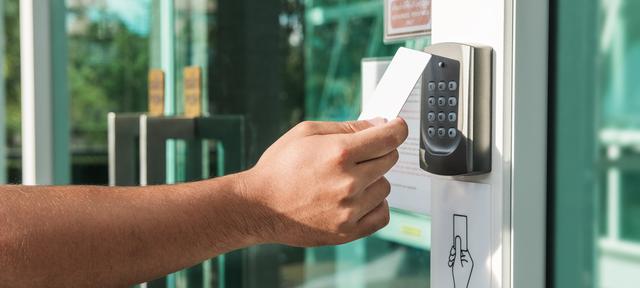
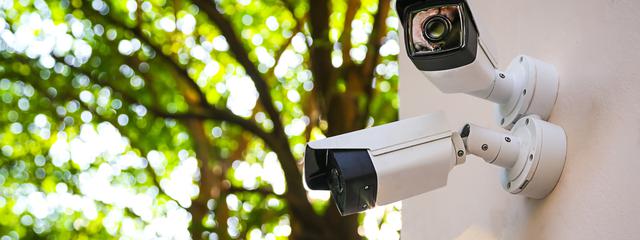
comments